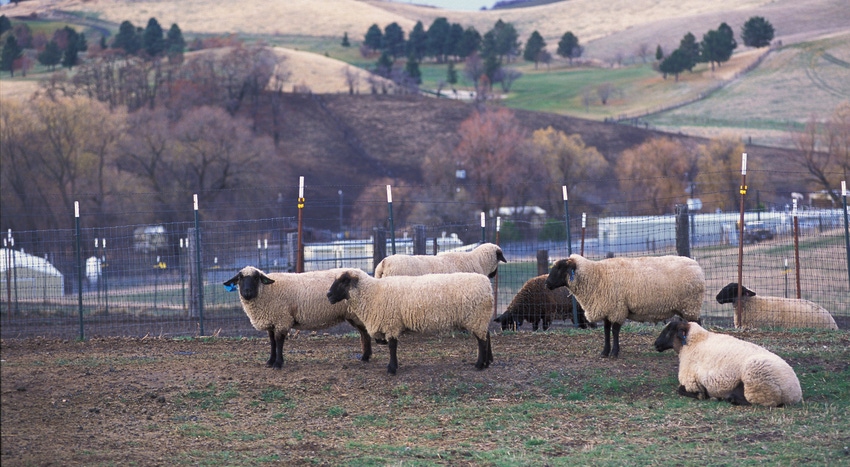May 17, 2021

Washington State University will celebrate the opening of the new Washington Animal Disease Diagnostic Laboratory (WADDL), marking the next era in diagnostic testing and disease surveillance.
The new facility was virtually dedicated on the College of Veterinary Medicine YouTube channel on Thursday, May 13, and featured WSU president Kirk Schulz, College of Veterinary Medicine Dean Dori Borjesson, WADDL Executive Director Tim Baszler, Rep. JT Wilcox, and Washington State Department of Agriculture Director Derek Sandison. A virtual tour of the facility was conducted.
The opening of this three-story, 61,000-square-foot facility supports Washington’s testing for early disease detection, protecting public health, food security, and Washington’s $1.5 billion animal agriculture industry.
The diagnostic laboratory was previously housed in the 15,000-square-foot southwest wing of Bustad Hall, built in 1978.
The new $61.9 million facility provides four times the research capacity and laboratory space. It’s the product of three years of construction on the WSU Pullman campus following funding approval by the Washington state Legislature in 2018.
The state-of-the-art laboratory was designed by Perkins-Will Architects of Seattle and built by Bouten Construction of Spokane.
Testing has increased 250%
Since its inception in 1974, WADDL’s testing demand has increased more than 250% with 3 million tests conducted in the past 10 years.
“The Washington state Legislature’s commitment to WADDL and the health of our state’s people and animals is demonstrated in the funding for this project, and we now have advanced capacity to serve the state, region, and nation in disease surveillance and diagnostics,” said Tim Baszler, executive director of WADDL and head of global disease surveillance.
In addition, the laboratory has been a vital resource during the COVID‑19 pandemic and contributed to the global health research efforts, as well as the effort to increase human COVID‑19 testing and diagnostics in eastern Washington.
The laboratory, deemed an essential service, has been open during regular business hours since the pandemic’s onset.
“The purpose of WADDL’s disease detection and surveillance activities is to improve animal health and human health through detection of animal pathogens that can be transmitted to humans, food safety, and to promote interstate commerce and global trade for animal agriculture,” Baszler said.
With enhanced technology, workflow systems, and sophisticated training infrastructure, this facility ensures that WSU remains an industry leader in disease surveillance, diagnostics, innovative research, and education on a global scale.
'A teaching and training laboratory'
“WADDL serves as a teaching and training laboratory within the WSU College of Veterinary Medicine and is an integral aspect to our success. WADDL’s unique laboratories support the development of the next generation of researchers, pathologists, and technicians. WADDL combines its core state and national functions with education of all veterinary students, health professionals, undergraduate, and graduate students,” said Dori Borjesson, College of Veterinary Medicine dean.
WADDL is a core founding laboratory in the USDA National Animal Health Laboratory Network and currently functions as a Level 1 facility in the network. As such, the laboratory serves the first alert system to detect biological threats to animal agriculture, public health and the nation’s food supply.
The laboratory is also a member of the Food and Drug Administration Veterinary Laboratory Investigation and Response Network, and the Centers for Disease Control Laboratory Response Network for Bioterrorism.
The new facility will also optimize research with the Paul G. Allen School for Global Health, to which the facility is connected. The Allen School is involved in a variety of national and international disease surveillance programs.
By focusing on processes involved in human-animal interactions that lead to the spread of disease, researchers can look for intervention and prevention opportunities. Allen School faculty members work at the WADDL facilities in Washington State and various locations across Africa.
Source: Washington State University, which is solely responsible for the information provided and is wholly owned by the source. Informa Business Media and all its subsidiaries are not responsible for any of the content contained in this information asset.
You May Also Like




